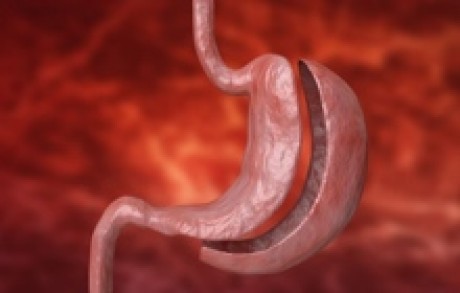What is hair transplantation?
Hair transplantation is a surgical technique that removes hair follicles from one part of the body, called the 'donor site', to a bald or balding part of the body known as the 'recipient site'. The technique is primarily used to treat male pattern baldness. In this minimally invasive procedure, grafts containing hair follicles that are genetically resistant to balding (like the back of the head) are transplanted to the bald scalp. Hair transplantation can also be used to restore eyelashes, eyebrows, beard hair, chest hair, pubic hair and to fill in scars caused by accidents or surgery such as face-lifts and previous hair transplants. Hair transplantation differs from skin grafting in that grafts contain almost all of the epidermis and dermis surrounding the hair follicle, and many tiny grafts are transplanted rather than a single strip of skin.
Since hair naturally grows in groupings of 1 to 4 hairs, current techniques harvest and transplant hair "follicular units" in their natural groupings. Thus modern hair transplantation can achieve a natural appearance by mimicking original hair orientation. This hair transplant procedure is called follicular unit transplantation (FUT). Donor hair can be harvested in two different ways: strip harvesting, and follicular unit extraction (FUE).
Are there different types of hair transplants?
There are two types of transplant procedures: slit grafts and micrografts.
Slit grafts contain 4 to 10 hairs per graft. Micrografts contain 1 to 2 hairs per graft, depending on the amount of coverage needed.
Who might benefit from a hair transplant?
Receiving a hair transplant can improve your appearance and self-confidence. Good candidates for a hair transplant include:
men with male pattern baldness
women with thinning hair
anyone who has lost some hair from a burn or scalp injury
Hair replacement isn’t a good option for:
women with a widespread pattern of hair loss throughout the scalp
people who don’t have enough “donor” hair sites from which to remove hair for transplant
people who form keloid scars (thick, fibrous scars) after injury or surgery
people whose hair loss is due to medication such as chemotherapy
Recovery after the operation
After the surgery, your scalp may be very tender. You may need to take pain medications for several days. Your surgeon will have you wear bandages over your scalp for at least a day or two. He may also prescribe an antibiotic or an anti-inflammatory drug for you to take for several days. Most people are able to return to work 2 to 5 days after the operation.
Within 2 to 3 weeks after surgery, the transplanted hair will fall out, but you should start to notice new growth within a few months. Most people will see 60% of new hair growth after 6 to 9 months.















